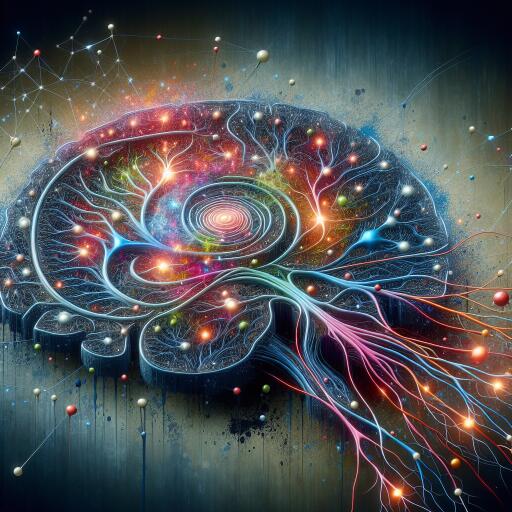Exploring the Clockwork of the Brain: A Breakthrough in Understanding Timing in the Suprachiasmatic Nucleus
The quest to decode the intricate dance of neurons within the brain has long stood as a formidable challenge for scientists. Yet, recent research published in Cell Research by Wang and colleagues represents a significant stride forward in this journey, particularly in understanding the temporal orchestration of brain activities. Their groundbreaking work focuses on the suprachiasmatic nucleus (SCN), a pivotal area in the brain responsible for controlling circadian rhythms—the internal clock that dictates our daily physiological and behavioral patterns.
With the advent of revolutionary imaging and computational methodologies, researchers can now delve deeper into the spatiotemporal dynamics of neuronal networks. These techniques offer a window into the complex mechanisms by which the brain processes and encodes information, linking cerebral activities to specific behaviors and cognitive functions. Traditional studies have illuminated the roles that sequential neural assembly activations and modular neuron groupings play within the hippocampus and cortex in memory and time processing. Such paradigms reveal how specific neuron clusters can represent different aspects of tasks or recollections, drawing a picture of a highly organized and compartmentalized brain function.
In their landmark study, Wang and colleagues direct their attention towards the SCN, unveiling how this region’s network-level activities orchestrate the rhythms of life. By examining the calcium dynamics within these neural ensembles, the team showcases how these neurons encode circadian time. Their findings suggest that while certain aspects of information encoding mirror those seen in other brain regions—such as the sequential activation of neural assemblies representing temporal sequences—novel patterns of time encoding unique to the SCN also emerge.
This discover) seemingly echoes the broader principles of neuronal information encoding identified in other areas of the brain yet emphasizes the distinct mechanisms employed by the SCN in regulating our biological clock. The study not only marks a profound advancement in our understanding of the SCN’s role in circadian rhythms but also exemplifies the transformative impact of machine learning in decoding the complex narrative woven by neural networks.
The potential applications of Wang and colleagues’ insights are vast, extending beyond a mere academic interest in brain function. Understanding the SCN’s network-level dynamics could pave the way for innovative therapeutic strategies to address a plethora of sleep and circadian rhythm disorders. Furthermore, by illustrating the value of machine learning in neurological research, this study sets a precedent for future explorations into the brain’s myriad mysteries, signaling a new era in our quest to map the neural underpinnings of human cognition and behavior.
In summary, the intricate ballet of neurons within the SCN, and their role in the orchestration of our internal clocks, embodies one of the many complex processes that define human life. The work of Wang and colleagues not only enhances our understanding of this critical brain region but also underscores the power of interdisciplinary approaches, combining cutting-edge imaging techniques and machine learning, to unravel the enigmas of the brain. As we continue to explore the frontier of neuroscience, studies like these light the way, promising new insights into the fundamental mechanisms that make us tick.










